Introduction
Tooth whitening is a popular service in modern aesthetic dentistry, and more and more people hope to improve tooth color, enhance confidence and beauty through whitening. However, there are many types of whitening products on the market, and how to choose the appropriate product and use it scientifically has become a confusion for many consumers. This article will delve into the selection and usage guidelines for teeth whitening products, helping readers achieve scientific whitening without harming their bodies.
The demand and principle of teeth whitening
The demand for teeth whitening stems from people’s pursuit of aesthetics. There are various reasons for tooth discoloration, including:
- Exogenous pigmentation : Pigmentation caused by external factors such as food, beverages (such as coffee, tea, red wine), tobacco, etc.
- Endogenous pigmentation : Pigmentation caused by internal factors such as aging, medication (such as tetracycline), and pulp necrosis.
- Enamel wear: Enamel wear exposes dentin, making teeth appear more yellow.
The principle of teeth whitening is mainly to remove or decompose pigments on the surface of teeth through chemical or physical methods, restoring the natural color of teeth. Common whitening ingredients include hydrogen peroxide, urea peroxide, silica, etc.
Types of teeth whitening products
The common teeth whitening products on the market mainly include the following:
- Whitening Toothpaste :
Ingredients: typically containing abrasives such as silica and calcium hydrogen phosphate, as well as small amounts of hydrogen peroxide or urea peroxide.
Usage : Use it every day while brushing your teeth, and the effect will be visible for a period of time.
Advantages: Convenient and easy to use, relatively affordable price.
Disadvantages: Limited whitening effect, not suitable for teeth with severe discoloration. - Whitening strip :
Ingredients: Contains high concentrations of hydrogen peroxide or urea peroxide.
Usage: Apply the whitening strip to the surface of the teeth and leave it on for several hours.
Advantages: Good whitening effect, suitable for teeth with moderate discoloration.
Disadvantage : May cause tooth sensitivity, frequency of use needs to be controlled. - Whitening mouthwash :
Ingredients: Contains whitening ingredients such as hydrogen peroxide and chlorhexidine.
Usage : Rinse your mouth daily and continue for a period of time to see visible results.
Advantages: Convenient and easy to use, suitable for daily care.
Disadvantages: The whitening effect is relatively weak. - Home Whitening Kit :
Ingredients: Contains high concentrations of hydrogen peroxide or urea peroxide.
Usage : Use the matching tray or mold to apply the whitening agent to the surface of the teeth and leave it on for several hours.
Advantages: Good whitening effect, suitable for teeth with moderate discoloration.
Disadvantage : May cause tooth sensitivity, frequency of use needs to be controlled. - Clinic Whitening :
Ingredients: Use high concentrations of hydrogen peroxide or urea peroxide, combined with laser or cold light sources.
Usage : Under the operation of a professional dentist, it usually requires multiple treatments.
Advantages: Significant whitening effect, suitable for teeth with severe discoloration.
Disadvantages: High cost and may require multiple treatments.
Guide to Choosing Teeth Whitening Products
When choosing suitable teeth whitening products, the following aspects should be considered:
- Dental condition :
Mild discoloration: Choose whitening toothpaste or mouthwash, suitable for daily care.
Moderate discoloration: Choose a whitening strip or home whitening kit, suitable for shortterm concentrated whitening.
Severe discoloration : Choose clinic whitening, suitable for situations that require quick results. - Personal needs :
Budget : Home whitening products are relatively cheap, while clinic whitening costs are relatively high.
Time : Home whitening products are flexible to use, and clinic whitening requires an appointment time.
Sensitivity: If teeth are sensitive, choose mild whitening products and avoid high concentrations of hydrogen peroxide. - Product Ingredients :
Active ingredient : Choose products containing hydrogen peroxide or urea peroxide to ensure whitening effect.
Auxiliary Ingredients : Choose products containing fluoride, calcium, phosphorus, and other ingredients to help protect teeth and gums. - Brand reputation :
Choose wellknown brand whitening products to ensure product quality and safety.
View user reviews and professional recommendations, and choose products with good reputation.
Guidelines for using teeth whitening products
The correct use of teeth whitening products is key to ensuring effectiveness and safety:
- Read the instruction manual :
Carefully read the product manual to understand the usage method, frequency, and precautions.
Follow the recommended dosage and avoid excessive use. - Prepare well :
Clean teeth : Before using whitening products, thoroughly clean your teeth to remove food residue and plaque.
Protect gums : When using whitening strips or home whitening kits, ensure that the whitening agent does not come into contact with the gums to avoid irritation. - Control usage frequency :
Avoid frequent use : Excessive use may cause tooth sensitivity and gum irritation.
Interval use : According to the product instructions, use at appropriate intervals to avoid continuous use. - Observe reaction :
Pay attention to tooth sensitivity: If you experience tooth sensitivity or gum irritation after using whitening products, you should immediately stop using them and consult a dentist.
Record whitening effect : Regularly observe changes in tooth color and evaluate whitening effect. - Maintain whitening effect :
Maintain good oral hygiene : Regularly brush teeth, use dental floss and mouthwash to prevent pigmentation.
Avoid pigmentation : Reduce intake of foods and beverages containing pigments, such as coffee, tea, red wine, etc.
Regular followup : Conduct a comprehensive dental examination every six months to one year to promptly detect and treat early lesions.
The risks and prevention of teeth whitening
Although teeth whitening can significantly improve tooth color, improper use may bring some potential risks:
- Tooth sensitivity : High concentrations of whitening agents may cause tooth sensitivity, manifested as pain when stimulated by cold, hot, sweet, sour, and other stimuli.
- Gum irritation: Whitening agents that come into contact with the gums may cause redness, pain, or inflammation.
- Tooth structure damage : Overuse of whitening agents or improper operation may cause enamel damage, affecting the hardness and luster of teeth.
- Pigmentation : Some whitening agents may form new pigmentation on the surface of teeth, which can actually worsen tooth discoloration.
- Allergic reactions : Some individuals may be allergic to certain ingredients in whitening agents, leading to oral mucosal inflammation or allergic reactions.
To prevent these risks, the following points should be noted:
- Choose the appropriate whitening method : Choose the appropriate whitening method based on the specific condition of the teeth and the patient’s health status.
- Follow professional guidance : Before any whitening treatment, consult a professional dentist to understand the indications and contraindications of whitening and obtain personalized treatment advice.
- Strictly follow the instructions : When using household whitening products, strictly follow the requirements of the product manual to avoid excessive or prolonged use.
- Pay attention to the care after whitening : Avoid taking foods and drinks containing pigment within 24 hours after whitening to prevent the pigment from re depositing.
- Regular followup : After whitening, regularly visit the dentist to monitor the whitening effect and dental health status, and adjust the treatment plan in a timely manner.
Conclusion
Teeth whitening is an effective means to enhance beauty and confidence, but scientific selection and usage methods are key to ensuring effectiveness and safety. By understanding the needs and principles of teeth whitening, product types and selection guidelines, usage methods, and precautions, we can better manage and prevent potential risks associated with teeth whitening, and achieve scientific beauty without harming the body. I hope this article can help readers choose suitable whitening products and enjoy healthy and beautiful teeth. Through comprehensive management and timely treatment, we can ensure the health of teeth and avoid the adverse effects of whitening.

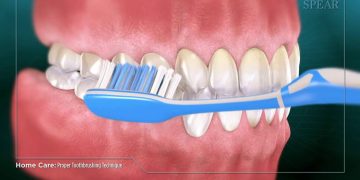
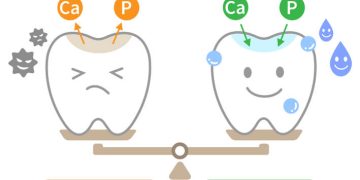
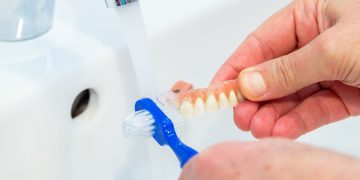




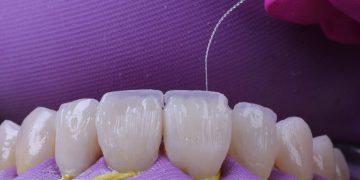
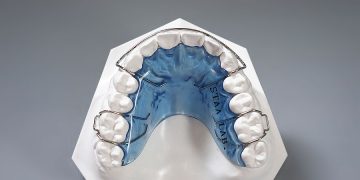

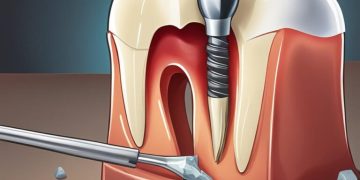



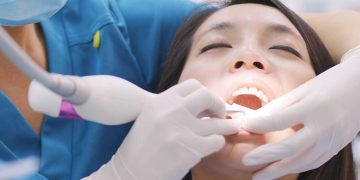

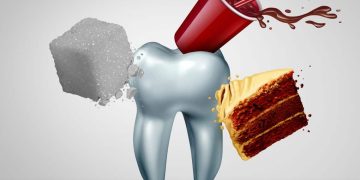



























Discussion about this post